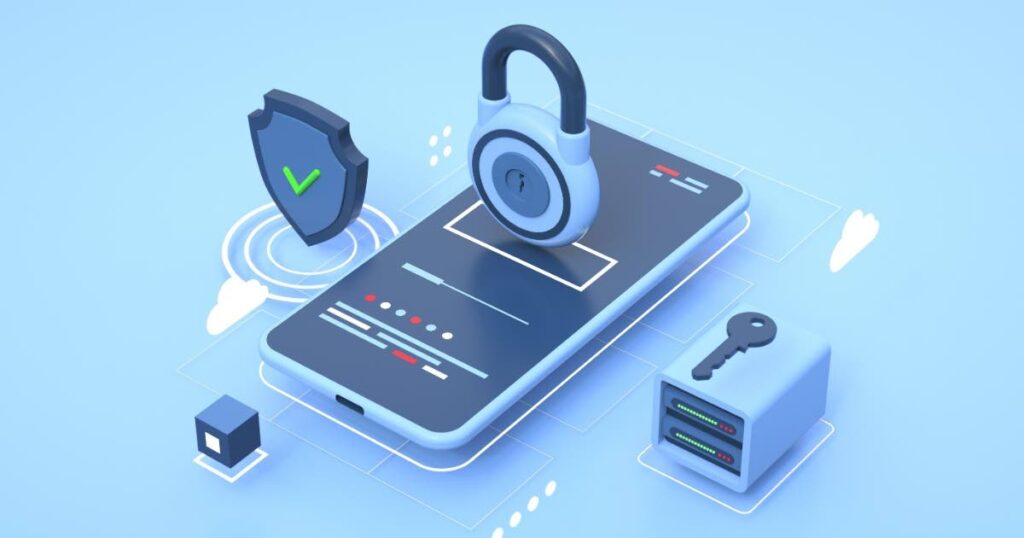Protecting your identity after a data breach

In the wake of a disconcerting revelation that has shaken the trust of consumers and regulatory bodies alike, the Telecommunications Services of Trinidad and Tobago (TSTT) data breach stands as a stark reminder of the fragility of digital privacy. With Public Utilities Minister Marvin Gonzales mandating an independent investigation into the breach that laid bare the personal details of almost one million accounts on the dark web, the incident not only underscores the vulnerabilities inherent in our interconnected systems but also the dire need for transparency and stringent cybersecurity measures. As the nation grapples with the ramifications of this exposure, individuals are left to navigate the precarious aftermath, where their most sensitive information, including IDs, home addresses, and financial data, has been thrust into the uncertain shadows of cyberspace. In response to this alarming situation, we want to offer some guidance – five essential tips to secure your digital identity and mitigate the risks after your sensitive data has been compromised
Monitor your financial statements
It's imperative to exercise vigilant financial oversight by diligently monitoring your bank and credit card statements for any signs of unauthorised activity. Quick detection is key, and should you spot any discrepancies, immediately report them to your financial institution's fraud department. They will assist in disputing charges, re-securing your accounts, and preventing further breaches. Keeping a detailed record of all transactions and communications with your bank will bolster your defence, ensuring a swift and effective response to safeguard your financial integrity in this digital landscape.
Fortify your passwords
Now is a great time to fortify your digital access points starting with a prompt update of your passwords. Opt for strong, unique passwords that employ a mix of letters, numbers, and symbols, and avoid using the same password across multiple sites. Additionally, enable two-factor authentication (2FA) for an added layer of security; this requires a second form of verification beyond just a password, significantly reducing the risk of unauthorised access. By taking these steps, you not only regain control over your digital accounts but also establish a robust barrier against potential cyber intrusions.

Contacting your credit reporting agencies
Engaging with a Credit Bureau or Credit Reporting Agency is a critical step. Place a fraud alert on your credit reports by directly contacting one of the major bureaus; this alert requires creditors to verify your identity before opening new accounts or making changes to existing ones. The benefit of a fraud alert is that it adds an extra verification step, making it more difficult for identity thieves to misuse your information. This proactive measure serves as a sentinel on your credit profile and adds a layer of protection against the ramifications of identity theft.
Beware of phishing attempts
The risk of phishing attempts tends to spike as perpetrators often try to capitalise on the chaos. Phishing – fraudulent attempts to obtain sensitive information by disguising it as a trustworthy entity – can come through emails, texts, or calls. It's crucial to be vigilant and sceptical of any unexpected communications, particularly those requesting personal information or urging immediate action. With your personal data being exposed online, the phishing attempts may be more personal and direct with the additional information perpetrators have. Scrutinise emails for tell-tale signs of phishing such as generic greetings, spelling errors, and suspicious links or attachments. Always verify the authenticity of a message by contacting the supposed sender through official channels. If you do encounter a potential phishing attempt, do not respond or click on any links. Instead, report the communication to the appropriate authorities, such as your company's IT department, or use reporting features provided by most email and social media platforms.
Securing your documents
When sensitive identification documents like ID cards, passports, or driver's licenses are exposed in a data breach, it's imperative to act swiftly to mitigate the risk of identity theft. Contact the issuing agencies immediately to report the compromise and initiate the process of obtaining new documents with fresh identification numbers. This step whilst easier in some countries, may be a bit more tedious in the Caribbean but is a step that we may have to consider. This step not only invalidates the stolen details in the hands of cybercriminals but also reinstates the security of your personal identity, providing essential protection against fraudulent use of your information.
Cyber attacks and data breaches unfortunately are going to be a part of our daily lives, given the times that we currently live in.
You don’t want to be in a situation where may you travel to a country for the first time and you are held at immigration, due to your IDs being used for illegal activities and you are now jailed in another country. Lots of crazy things happen when you are not in control of your identity. I hope these tips help.
Keron Rose is a digital strategist who works with Caribbean businesses to build their digital presence and monetise their platforms.
Learn more at KeronRose.com or listen to the Digipreneur FM podcast on Apple Podcast, Spotify or Google Podcast

Comments
"Protecting your identity after a data breach"